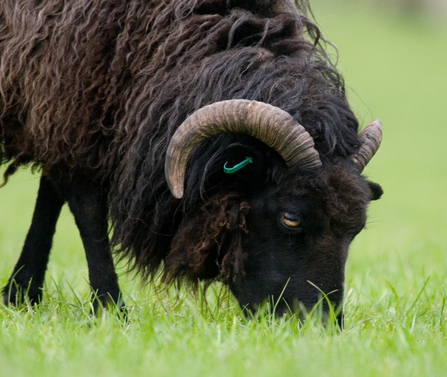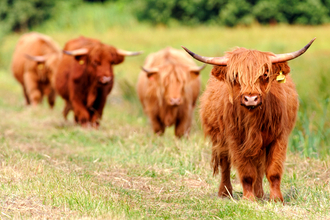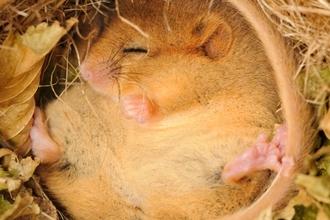Picture the English countryside and it probably includes cows, sheep or ponies, lazily chewing away on a grassy field or hillside. These amazing grazers are so commonplace in our landscape but a wiry Hebridean sheep, or a herd of charismatic Highland cows on our grassland nature reserves are especially eye-catching. And as with many things in conservation, there’s often more happening than what first appears.
A quick history lesson
Long before humans tamed the land, Yorkshire’s hillsides, grasslands and forests were kept in check by imposing animals like tarpan horses, boars and aurochs (the ancient precursor to modern day cows). These landscape architects would have wandered prehistoric Yorkshire in large herds, eating grasses, shrubs and saplings, churning up soil and creating micro habitats for smaller creatures to feed, nest and thrive.
Conservation grazing follows this same principle, but using more traditional breeds of sheep, cows, goats and ponies as grassland architects, to re-create the same quality of natural habitat found in Britain during the 19th century.
Choosing the right grazer
Not only is conservation grazing sustainable and low impact, it’s also one of the most natural and effective ways to ensure the health and diversity of our meadows and grasslands. But it’s not as simple as putting a herd of cows on a field and hoping for the best.
Cows, sheep, ponies and goats all graze in different ways and each have their own preferences when selecting which plants to eat. By considering the grazing traits of each species, we can select the best animal for the job - at the correct density - to create optimum conditions for endangered or sensitive wildflowers and wildlife.








